“Personal branding is about managing your name—even if you don’t own a business—in a world of misinformation, disinformation, and semi-permanent Google records. Going on a date? Chances are that your “blind” date has Googled your name. Going to a job interview? Ditto.”
– Tim Ferriss
Put simply, personal branding is the art of establishing and managing your image and using it as a valuable marketing tool. Rather than marketing a product or service, your personal brand involves marketing yourself to potential employers, recruiters, clients, those within your career networks and the public. With the prevalence of online marketing and the digital world, your personal brand will need to be digitized and active across various social networking and media platforms to attract your desired audience. Even if you are not concerned about marketing yourself now, if you are active on social media and/or within the digital space (i.e. you have a Facebook account), you already have a personal brand that is visible to the world. Now you need to manage it.
Define Your Audience
The first step in building your personal brand is to consider your audience. Who are they? A typical recruiter will look at upwards of 500 resumes and 12 pages of LinkedIn profiles a day and corporate human resources professionals will screen dozens of resumes and profiles per day. You are going to need to stand out to get noticed. Think about what you want to say about yourself. Cheesy phrases like “James is a Java ninja” likely won’t make you stand out. Terms like this do little to add credibility and polish to your professional brand. Stick to the facts. If you are a Java Developer with 10+ years of experience leading scrums, say exactly that in your profile. When strapped for time, those are the headlines that recruiters and hiring managers are looking for in choosing LinkedIn profiles to view.
Social Networks – LinkedIn
With 500 million users worldwide and over 10 million active job postings, LinkedIn has surpassed Twitter in popularity and has rapidly become the #1 social media platform for career networking. Among its usership, the most connected individuals are those working within the staffing and recruitment industry and/or within the corporate human resources function. Recruiters and human resources personnel are the most well-connected individuals on LinkedIn. This fact alone means that those who act as gatekeepers to your next career move are most likely going to view your LinkedIn profile.
So what can you do about it?
Given that you are a) going to need to have an updated LinkedIn profile to get noticed by recruiters and human resources professionals and b) going to need to have an updated LinkedIn profile to apply for the 10 million+ active job postings that are available on LinkedIn, you are going to need to start taking this LinkedIn thing seriously. If you don’t already have a LinkedIn profile, creating one is your first step. Treat your LinkedIn profile as the online version of your resume but remember, having a LinkedIn profile does not necessarily mean that you are actively looking for a career move. If you are looking to make a career change, you can declare that on your LinkedIn profile. You can also add keywords to your profile to optimize it for the LinkedIn search engine (i.e. if done correctly, your profile will be displayed when recruiters and hiring managers are looking for someone with your skill set). Unlike your standard two to three-page resume, your LinkedIn profile is the perfect platform to showcase your accomplishments, publications, awards and recommendations. The more you utilize these features, the better able recruiters and human resources professionals will be to find your profile. Lastly, your LinkedIn profile should match your resume. If your LinkedIn profile shows conflicting information to your resume (i.e. different dates, timelines, titles, etc.), recruiters and human resources personnel view this as dishonesty and may disqualify you from an opportunity.
LinkedIn is so important that we are dedicating an entire future Career Tip on all the ways that you can optimize your profile. Come back in March!
Social Media Channels – Facebook, Twitter, Instagram, You Name It
Many of us think that LinkedIn is the only social channel where recruiters and human resources professionals do business. This is a grave misconception. According to CareerBuilder, nearly 70% of hiring managers screen potential candidates on social media before offering them a position and that screening includes Facebook, Twitter and other social media channels. In addition, there are a growing number of companies who use Google and other search engines to review everything in the public domain on a candidate before they make a hire. Even if you aren’t connected to your next potential employer on social media, there is a good chance they will be able to view your social media presence across many channels just by searching your name. Human resources professionals know all the tricks of finding your social media profiles – even if you think they are private.
So What Are Employers Looking For Anyway?
In the technology realm, it’s first and foremost about skill set, then culture fit and with any occupation, employers are looking for people who possess common sense.
Unlike LinkedIn, Facebook and Twitter are treated more like a reputation evaluation than a resume. Employers don’t usually expect candidates’ social media accounts to highlight their career accomplishments per se. If your social media accounts are all professionally focused, that’s more of a bonus than a prerequisite for most companies.
Human resources professionals, recruiters and employers mostly look to social media to measure the common sense and culture fit of a candidate. If your social media presence and personal brand don’t reflect well on a company’s image, you probably aren’t a good culture fit. It’s important to remember that social media presence is more about image and reputation than anything else. Most employers may for example be perfectly okay knowing that a candidate (or employee) attended a bachelor party and had a few (or many) drinks with friends, but they won’t be okay with seeing any inappropriate photos from the event on Facebook. Navigating this sentiment can be a bit tricky – this is where common sense comes in.
Although your personal brand should be exactly that, it needs to be appropriate for all audiences. A good rule of thumb is: anything your grandmother would raise an eyebrow to should not be on social media. For example: your grandmother is most likely okay seeing photos of you having a few drinks with friends. However, she may not be happy to discover photos of you passed out drunk on the dance floor. Recruiters and hiring managers have the same views. Keep it personal and true to who you are, but please portray an image that is appropriate and reflects your personal brand.
It can’t be stressed enough that distasteful images and status updates will surely lead to missed career opportunities. Some career disrupting content is less obvious. For example, candidates have been turned down from positions due to political tweets that didn’t align with the hiring company’s values.
Key Takeaways
- Personal branding is a must in the digital world we live in. If you have active social media accounts, you need to manage them. Go ahead and delete those questionable photos from your university days. Delete any status updates that are too political or offensive. Delete anything that portrays an image contrary to your personal brand. Be active, but be appropriate – think of your Grandmother.
- Utilize LinkedIn to it’s full potential. Create an account if you don’t already have one. Fill out every section – education, experience, skills, interests, accomplishments, recommendations, awards, publications, etc. In March, we’ll be diving into LinkedIn in a big way and showing you tips and tricks to make your profile stand out amongst the pack and rise to the top of the LinkedIn search engine so be sure to tune in then!



